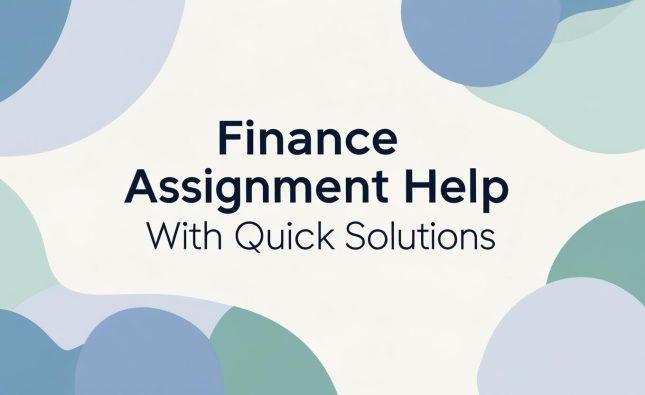
Emerging markets have long been seen as hotspots for growth and investment. But behind the glitz and glamour lies a harsh reality – a staggering quarter of these countries are at risk of losing access to debt markets. The reasons behind this trend are complex, but the consequences are clear: it could lead to widespread economic instability, hampered development, and increased poverty levels in these regions. So what can be done about it? In this blog post, we explore the root causes of this troubling phenomenon and suggest some potential solutions that could help prevent further damage from being done.
The current state of the world’s economy
The current state of the world’s economy is bleak. A quarter of emerging countries have lost access to debt markets, and the IMF has downgraded its growth forecast for 2015. developing countries are facing a “perfect storm” of falling commodity prices, slowing growth in China, and rising interest rates. This perfect storm is negatively impacting countries that are highly dependent on commodity exports, such as Brazil and Russia. It is also putting pressure on countries with large amounts of debt, such as Turkey and South Africa. The IMF has warned that this combination of factors could lead to a “wave of defaults” and a “crisis similar to 2008.”
How emerging countries are being affected
In recent months, debt markets have all but dried up for many countries around the world. This is especially true for emerging economies, which are now facing a serious funding crisis.
According to a new report from the Institute of International Finance (IIF), nearly a quarter of all emerging market economies have lost access to international debt markets. This is a worrying trend, as it means that these countries will find it increasingly difficult to finance their activities and grow their economies.
The IIF report highlights some of the key reasons behind this trend. Firstly, it notes that many emerging economies have been hard hit by the global economic slowdown. This has led to a deterioration in their fiscal situation, making it harder for them to service their debts.
Secondly, the report points to the fact that many emerging economies are heavily reliant on commodity exports. With commodity prices plummeting in recent months, these countries have seen their export revenues decline sharply. This has put even more pressure on their finances.
Lastly, the report highlights how rising interest rates in developed economies are making it more expensive for emerging economies to borrow money. All of these factors together are putting immense pressure on emerging market economies and could lead to serious problems down the line.
The long-term consequences of losing access to debt markets
The long-term consequences of losing access to debt markets can be severe. A country that is cut off from international capital markets will find it difficult to finance its deficit, leading to a fiscal crisis. This in turn can lead to higher interest rates, inflation, and a loss of confidence in the government. The country may also be forced to devalue its currency, which can lead to a balance of payments crisis. In the most extreme cases, a country may default on its debt, causing an economic collapse.
What can be done to prevent this from happening?
There are a number of things that can be done to prevent this from happening. First, countries need to diversify their sources of financing and not rely too heavily on debt markets. Second, countries need to improve their fiscal management so that they are able to meet their debt obligations. Finally, countries need to strengthen their macroeconomic policies so that they are able to weather economic shocks.
Conclusion
While the world of debt financing is an increasingly complex and difficult landscape, emerging countries should not be deterred from seeking necessary funds to finance their projects. It is crucial to understand what factors can influence a country’s ability to access global markets and take proactive steps to ensure that all possible avenues for financing are explored. With the right strategy and partnerships, governments in these countries have a real opportunity to unlock much needed funding streams which will go a long way towards helping them reach their development targets.










